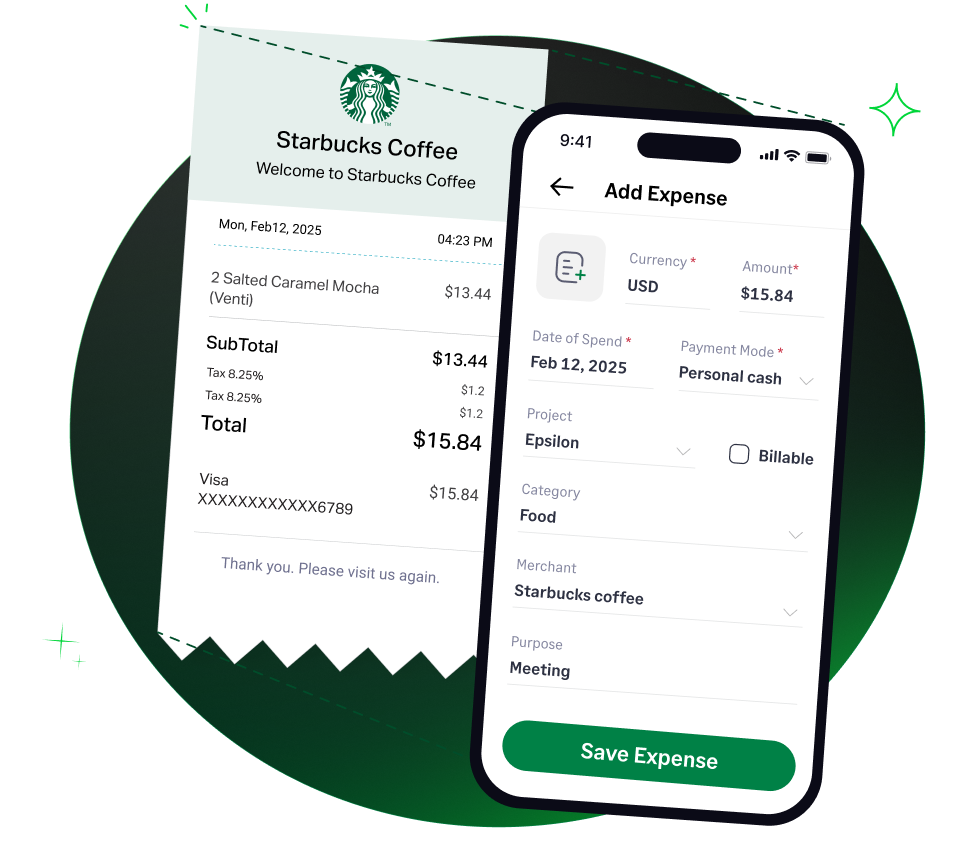 4.6/51670+ reviews
4.6/51670+ reviewsIn the fast-paced restaurant industry, providing meals to staff—often called family meals or shift meals—is a long-standing tradition and a valuable employee benefit. It keeps the team on-site, energized, and familiar with the menu.
While the cost of providing these meals is a legitimate business expense, the IRS has very specific rules that govern its tax treatment for both the restaurant and the employee.
Understanding these rules, particularly the convenience of the employer doctrine and the 50% deduction limit, is critical for restaurant owners and their accountants. This guide will clarify how to categorize the cost of employee meals to ensure your business remains compliant and maximizes its deductions.
The cost of food and beverages you provide to your employees is a Meal Expense.
This is not a standalone line item but is part of the overall business meal expense calculation, which is subject to specific limitations. For internal accounting, these costs are a component of your total labor cost, but for tax purposes, they are reported on the Meals line of your business tax return.
To correctly account for these expenses, you must understand the rules that make the meal tax-free to the employee and how much of the cost the business can deduct.
This is the most critical rule for the employee's tax treatment. For the value of the meal to be a tax-free fringe benefit to the employee (meaning it is not included in their wages), it must be furnished for the convenience of the employer on the employer's business premises.
In a restaurant setting, providing a meal to keep staff on-site and ready for a dinner rush is a classic example that meets this test.
Even if the meal is tax-free to the employee, the employer's deduction for the cost of that meal is generally limited. IRS Publication 463 states that you can only deduct 50% of the cost of business-related meals. IRS Publication 535 confirms that this 50% limit applies to meals you furnish to your employees at your place of business.
If you occasionally provide coffee, donuts, or snacks for employees in a breakroom, this is considered a de minimis fringe benefit. However, Publication 535 clarifies that for tax years after 2017, the employer's deduction for these food and beverage expenses is still subject to the 50% limit.
The tax treatment for employee meals involves a limited deduction for the employer and is generally tax-free for the employee.
For a sole proprietor filing a Schedule C (Form 1040), the total cost of employee meals is calculated, the 50% limit is applied, and the final deductible amount is reported on Part II, Line 24b, Meals.
You must have documentary evidence to substantiate your employee meal costs. Your records should include:
While most employee meal costs come from your inventory, Sage Expense Management can help track any related out-of-pocket expenses and manage the associated data.




